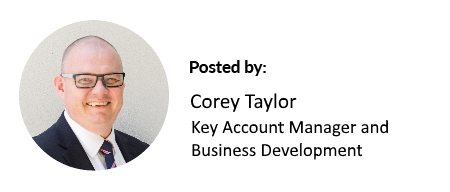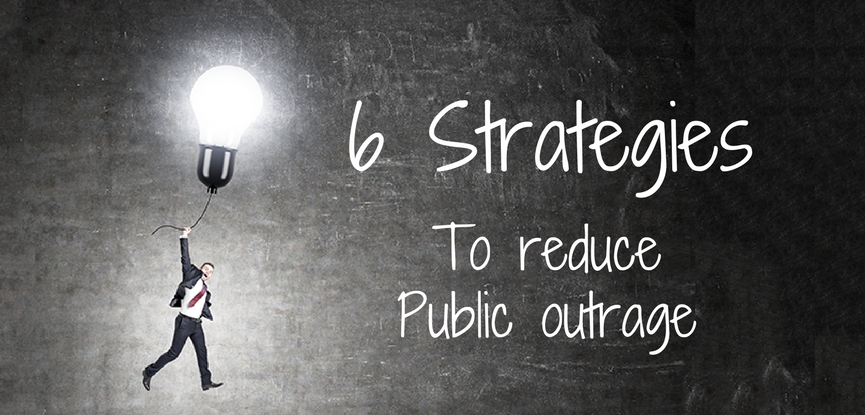Last year we were fortunate enough to attend a workshop with internationally renowned Dr. Peter Sandman, who is an expert in managing public outrage and risk communication. We aren’t by any means experts in this area but we felt compelled to share some of our key learnings.
In our previous article, Managing Stakeholders in High-Stress Situations with Advanced Empathetic Communication, we covered a brief introduction to public outrage and the art of empathetic communication. Now we will move our focus to the concept of public outrage and – more importantly – how to quell it.
But what are they really outraged about?
Having effective strategies to manage public outrage has become increasingly important. As communication professionals, when public outrage is miscorrelated with risk, we are often faced with this challenge.
Let’s revisit Dr. Sandman’s risk formula.
RISK = OUTRAGE + HAZARD
What is perceived as a risk, is often driven by emotional factors rather than the technical assessment of a hazard. In turn, some cases involving the highest levels of public outrage are driven by genuinely low hazardous factors, thereby increasing the public perception of risk. In these cases, reducing public outrage becomes a socially viable initiative.
So, when there is no real risk or hazard how do you reduce the associated outrage? Dr. Sandman has six principal strategies to guide you along the correct path.
1. Take the middle ground and where possible, avoid extremes
The thinking behind this is that extremes (in both directions) tend to fan flames. But if you use moderate language you’re more likely to reassure those around you.
2. Acknowledge prior misbehaviour
This might seem counter-intuitive, but if your company has made mistakes in the past, consider taking ownership of them. It’s up to your stakeholders and the community to decide when to move on, not you. Dr. Sandman has found that the more often and more apologetically you acknowledge prior mistakes, the more quickly everyone will accept and move on.
3. Acknowledge current problems
The only way to build credibility and trust is to acknowledge problems – not when you have a solution – but when you first discover the problem. By being truly transparent, you take your stakeholders on the journey with you. This means when you do find a solution, they’re likely believe you actually do.
4. Discuss achievements with humility
If you do make positive changes, give credit to those who pressured you to do so (like activists or regulators). Making positive changes without acknowledging the real reason why can lead to skepticism, and thereby increased outrage.
5. Share control and be accountable
The more outraged people are, the less likely they are to leave control in your hands. This isn’t a bad thing, instead let others like your regulators, neighbors or activists keep you honest and certify your performance.
6. Pay attention to unvoiced concerns and underlying motives
Bring any concerns to the surface. Dr. Sandman outlines a way to subtly do this by using language like ‘I wonder if anyone is worried about…’ as a way to introduce unvoiced concerns with internal team members.
Easier said than done?
Although the above strategies may seem obvious, they can be very difficult to implement. The challenge many face is introducing and practicing how to be ‘open’ when openness hasn’t been part of your company or industry’s past.

RELATED READING
Risk Communication: 5 Steps to Reduce Public Outrage
Managing Stakeholders in High-Stress Situations with Advanced Empathetic Communication
Make Your Community Engagement Meaningful Using These Three Tactics
DIY or Buy? How to Choose a Stakeholder Management System
How Proactive Stakeholder Engagement Helped Reduce Ministerials by 90%



